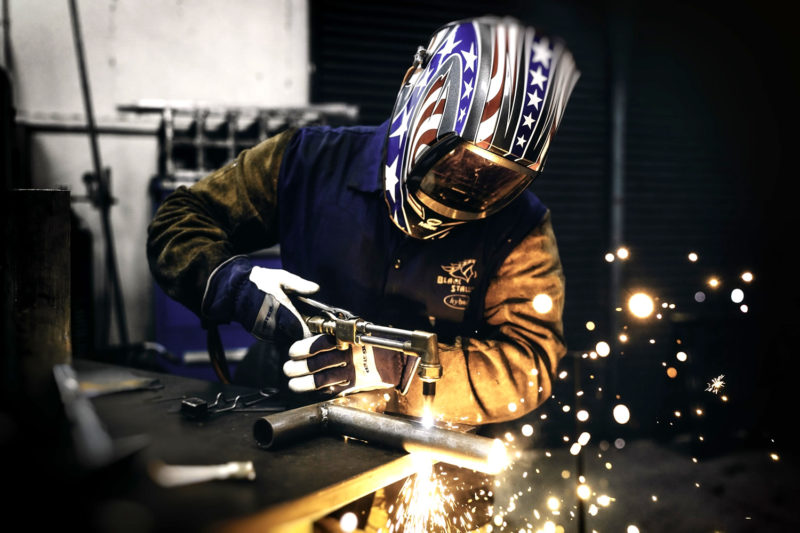Oil industry is divided into upstream, midstream and downstream companies.
Upstream: Companies that are involved in exploration and production of crude oil which mean extracting crude oil from subsurface are called upstream companies. Many national companies and private companies come under this category. They are mainly into searching for potential underground and under water crude oil and natural gas fields, obtaining permission from the land owners to drill, drilling exploratory wells and then drilling ,conducting geological surveys and operating the wells that recover and bring the crude oil to the surface.
Midstream companies: These are companies that purchase crude oil from the upstream companies. They further refine it to usable form. They follow the fractional distillation method to produce by products like kerosene, petrol,diesel etc.Refineries come under this category.
Downstream companies: They are involved in the process of purchasing product from midstream companies and sell it to the retailers.Oil marketing companies like Hindustan petroleum and Bharat petroleum come under this category.
Companies that come under the midstream and downstream have started playing the role of both hence categorizing companies is very difficult.Oil and gas courses.
The upstream industry requires huge amount of money to build the structure and maintain it. Maintenance is a fraction of the investment but is expensive. The upstream section involves a lot of risk and is rewarding at the same time. Political instability and seasonal weather patterns affect this sector. This sector is regulated by government and environmental entities. There is a visible change in the technology and hence the oil and gas industry is looking for skilled workers in all fields. The midstream sector doesn’t involve much risk and is a highly regulated segment of the oil and gas industry. Many companies are benefited from the midstream sector because of the different ways oil and gas is processed, transported and stored. Before moving to the downstream process technological companies benefit by trying to find efficient ways to transport and store the oil and gas.
The downstream companies on the other hand are not capital intensive. It deals with huge amount of money in transactions. This sector provides the easiest connection to the everyday consumers. Some of the products of the downstream sector are Liquefied Petroleum Gas (LPG), Liquefied Natural Gas (LNG), Gasoline,Diesel Oil, Jet Fuel, Heating Oil, Synthetic Rubber, Plastics Lubricants, Fertilizers, Pesticides etc. This sector plays a major role in several other industries because the products refined and produced are used in many ways. The downstream sector produces plastics which is used by many of the industries in packing or manufacturing. Natural gas of the downstream plays a major role in the production of fertilizers and pesticides. The farm equipment's also run on the fuel produced in the downstream. Conventional transportation methods such as trucks, boats etc are required for the transportation of processed natural gas and oil products. The downstream also influences the medical industry through the production of pharmaceuticals and medical equipment's. The downstream industry also creates a lot of job opportunities and thus plays a major role in the economy of the country.
Oil and Gas Courses in Kerala.






